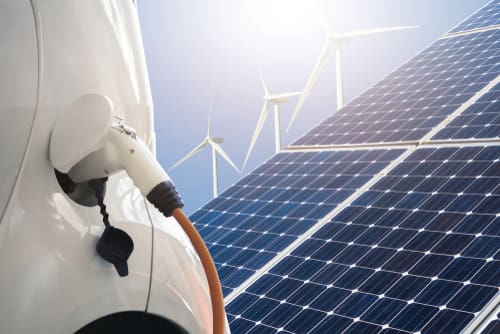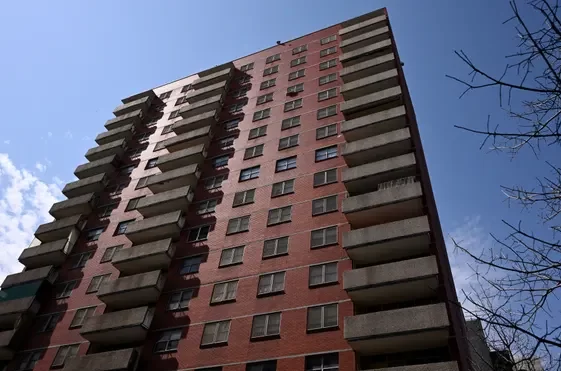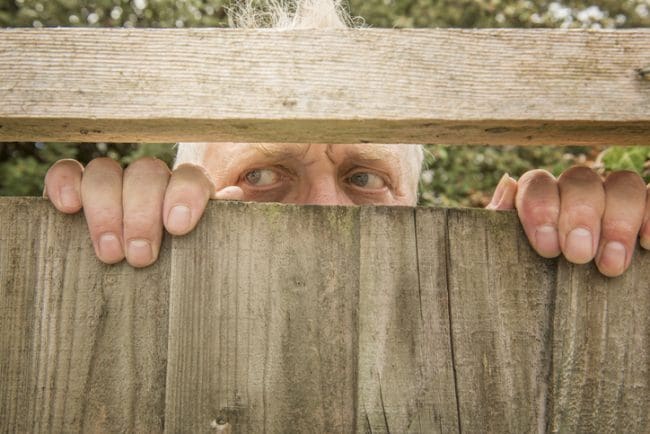A few weeks ago I made the somewhat bold assertion that apartments were less environmentally sustainable than free-standing houses.
That was challenged by at least one reader, who believed that a fully greened-up apartment was likely to be more sustainable than many if not most houses.
So I set about trying to find some sort of metric by which their relative sustainability could easily be measured.
There is none that I could find, mainly because there are so many variables in play on both sides of the argument.
Firstly there’s the building process. Digging out underground car parks, then building 10, 20 or 30 storeys up from there consumes a lot of energy, much of it coming from fossil fuels.
That carbon cost is locked into the building forever and needs to be offset by other sustainable measures for the block to be fully “green”.
Then there’s the ongoing costs of running the building. Lifts and interior lighting of common spaces burn energy all day and every day, plus there’s having to pump every litre of water to the roof to let gravity draw it down again.
Also there’s the energy consumed by the massive extractor fans needed to keep the air flowing in living areas and garages. Add to that the air-conditioning required to keep some apartments habitable and it all starts to mount up.
But that’s also where we can start to consider the plus side of apartments. As I learned only recently, reverse cycle aircon is one of the most efficient ways of heating homes, due to their use of heat exchangers.
Low power common area lighting on motion sensor switches can save a mountain of cash and carbon. However, if your committee calculates that using both means that it takes longer to pay off the cost of installation, they may be missing the point.
The same goes for solar panels. If your strata committee refuses to consider them because it would take too long for them to pay for themselves, they are looking at the wrong ledger.
It’s one thing to run a block in a business-like manner; another entirely to run it like a business. Sustainability is not just about money, although financial savings can be an extra incentive to get owners on side.
Water wastage is another issue. Whether it’s leaky pipes or overflowing cisterns and inefficient pumps, each drop lost is a drain on resources.
All of this can be easily fixed and there are agencies like Wattblock dedicated to helping you do so.
Getting deep into the sustainability weeds, you could also add the proximity to schools, shops and public transport into the calculation. The further you have to drive to carry out the basic tasks of your day, the bigger your individual carbon footprint.
So, if you are comparing an apartment in a water and energy efficient block near a local centre with an uninsulated house in a suburb far from shops, schools and railway stations, the apartment probably wins hands down.
Luckily many local authorities – including, notably, City of Sydney – are running programs to help the high-rises in their areas to become more environmentally efficient.
For investor owners this means lower levies from less wastage. If that doesn’t don’t tickle your hip pocket nerve, then consider the growing evidence that potential purchasers and renters are looking at sustainability as a significant factor in their choices.
It may not be the main attraction or even a deal-breaker, but it could be the difference between choosing your flat over one in the back-sliding block next door.





The above ground 3 storey red-brick walk-up with lift-up garage doors on the ground floor is possibly the most sustainable housing structure ever to be mass rolled out in the history of Australia. This red brick wonder is possibly more sustainable than houses as you have similar construction costs to houses but smaller construction cost per apartment than a house, smaller floor areas to heat and cool (if they are heated or cooled at all!) and when it comes to demolishing them, the cost is minimal. However, developers don’t seem to build red-brick or white-brick walkups any more. There are juicier profit margins in going bigger.
If we use an outlier, we can say that Ed. Square in Sydney’s south, which is a carbon neutral apartment complex of 2,000 residences is more sustainable at “run-time” or “operate-time” than the average house in Australia. However, there was a massive carbon cost in building this place.
All the other apartment blocks in Australia which aren’t red brick/white brick walk ups or marquee top end environmental developments are likely to be worse than the average house in terms of lifecycle of carbon emissions.
If we go to some Korean research “A Study on the Analysis of CO2 Emissions of Apartment Housing in the Construction Process” we find that re-inforced concrete during construction is responsible for 73% of the total carbon emissions during construction.
The load distance between the construction site and the steelworks or concrete manufacturer (when concrete is collected for reinforced concrete work), and the fuel efficiency of the transportation vehicles must be managed in order to reduce the amount of CO2 emissions in the construction process.
So, until we have solar-powered electric trucks moving steel from Bluescope (Port Kembla) to Sydney’s apartment development sites, and solar powered electric vehicle concrete trucks delivering concrete to Sydney’s apartment development sites, it is safe to say that Sydney based apartments are less sustainable than the average house in Sydney.